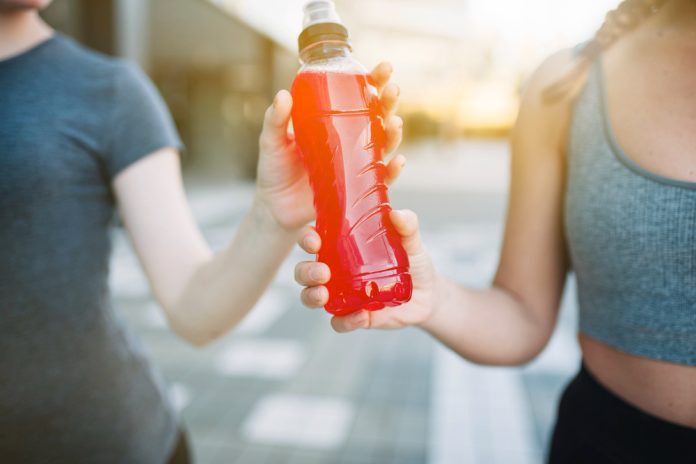In the field of competitive sports and physical activity, drinking enough water is essential to sustaining peak performance. Sporting beverages appear on the market, positioned as the best option for restocking minerals and enhancing your physical activity. But behind the bright commercials and ambitious claims, there’s a screen of mystery covering the little-known facts about these sports drinks, particularly regarding the impact they have on younger customers.
Sports drinks often advertise that they may substitute minerals lost through evaporation during intense physical activity. But what’s not stated clearly is that water usually is enough for electrolyte balance and hydration for the majority of young people participating in moderate physical activity. Sports drinks get a lot of attention for being the best source of electrolytes, but this attention can fool young customers into thinking they need these drinks when they may not.
Their excessive sugar content is one of the biggest secrets hidden below the eye-catching packaging and tempting slogans of sports beverages. These drinks claim to provide short bursts of energy, but they conceal a substantial quantity of added sugar. A large number of well-known sports beverages are high in sugar, adding to the excess of empty calories that, if drunk in excess, can cause weight and other medical conditions.
The possible effects of sports drinks on the oral cavity are an additional factor that is rarely addressed in their marketing. These beverages’ high sugar and levels of acidity may gradually dissolve enamel on teeth, leading to cavities and decay in the teeth. Even if encouraging athletics and energy is highlighted, the long-term effects on dental health are sometimes ignored.
The unspoken promotion of dependency among young consumers is probably one of the most harmful features of sports drink advertising. Advertisers develop a narrative of product reliance by framing these beverages as necessary for both best results and recovery. This reliance not only encourages unhealthy consumption patterns but also minimizes the significance of maintaining enough fluids through organic substances such as water.
Giving young people the information they require to make wise decisions regarding their well-being and hydration is essential in a world where eye-catching advertising efforts rule the scene. We can empower youth to put their health before advertising stunts by exposing the hidden realities behind sports beverages and promoting critical thinking. The key to raising a generation of knowledgeable consumers is educating them about the advantages of a well-balanced diet and the possible risks of consuming too much sugar.
Sports drinks are marketed as an easy way to improve your athletic ability, but there are hidden costs associated with their marketing strategies that should be investigated more, particularly about young users. By removing the layers of false information and encouraging openness, we can enable youth to prioritize their long-term health and make better decisions. It’s time to reveal the confidential information of sports drink advertising and give young people the tools they need to take charge of their hydration practices now and in the future.































